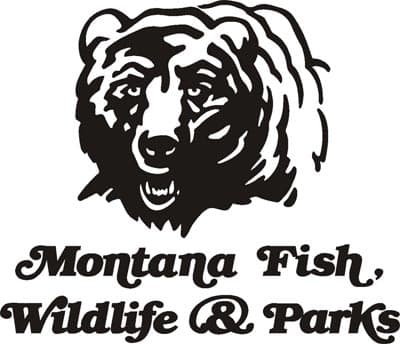Understanding Montana’s Block Management Program
Montana Fish, Wildlife & Parks 09.07.12

As hunters begin planning their Block Management Area hunts, they’ll discover that more that 1,250 landowners have enrolled nearly 8 million acres in the public hunting access program for the 2012 season.
Montana Fish, Wildlife & Parks’ BMA program, formally launched in 1985 and significantly enhanced in 1995, is a notable success, but many hunters and landowners still struggle to understand the basics of how the program works. With so much private land available for public hunting access, so many landowners to contact, and more than 440,000 hunter days occurring annually on enrolled lands, what should hunters and landowners know about the program?
To help get everyone up-to-speed, here’s a brief BMA primer.
For Enrolled Block Management Program Landowners
- Landowners develop contracts with FWP about how free public hunting may occur on enrolled lands. Every BMA contract is tailored to the specific ranch. Enrolled lands remain under the control of the private landowner, while the contract allows FWP to enforce the rules.
- Each landowner determines ranch rules specific to his or her property. Those rules specify how permission will be issued, whether or not hunter numbers are limited, which game birds or animals may be hunted, when the enrolled property is open to hunting, and what methods of travel may be allowed, among other possible rules.
- In return for enrolling land in the program, landowners may receive compensation and/or services to help in managing the hunting activities and to offset the impacts of allowing public hunting. Those impacts may include the time spent dealing with hunters, increased costs of managing for noxious weeds, increased fire danger, maintaining roads and fences, and additional costs associated with managing livestock in conjunction with public hunting. This sets Montana’s BMA program apart from several other western states’ hunting access programs where incentives are often directed toward helping landowners generate revenue from offering certain kinds of hunts— typically for elk, deer, and antelope bulls or bucks. In such programs, the public participates in a small percentage of the buck or bull opportunities, as well as having additional opportunities to hunt does or cows.
For Hunters Accessing Enrolled Block Management Program Lands
- Hunters using the BMA program can expect to encounter a wide range of habitat types and conditions.
- Some properties are enrolled to provide a specific type of hunting opportunity, like harvested croplands along a river bottom enrolled primarily to accommodate waterfowl hunting, or large tracts of prairie grasslands and sagebrush enrolled primarily for antelope hunting.
- Other properties provide for a diversity of hunting opportunities, with habitat that may be productive for white-tailed deer, pheasants, and turkeys, but also marginally for elk, mule deer, sharptailed grouse, and the occasional gray partridge or sage grouse.
- Most BMA’s are open for all legal game species, although some may restrict what can be hunted or when it can be hunted.
- About half of all BMA’s statewide are considered “Type I” BMAs, where the hunter either administers his or her own permission at sign-in boxes, or where no formal permission is required, typically on large ranches and corporate timberland BMAs in western Montana. Type I BMAs usually have no restriction on hunter numbers. The other half are “Type II” BMAs, where permission is directly administered by the landowner or someone else, and where hunter numbers are often limited and specific hunting areas assigned.
“The success of the program lies in being able to tailor each BMA contract to the needs of each landowner,” said Alan Charles, BMA program manager in Helena. “In Montana, we’re administering a benefits system that provides for fair and equitable treatment of all landowners, and one that provides hunters with a wide variety of hunting opportunities from which to choose.”
To learn more about FWP’s BMA program, visit FWP’s website at fwp.mt.gov. Click “For Hunters,” then click “Block Management“.

